Spice Safari: A Flavorful Journey Through Brazil’s Tastiest Traditions
Welcome, spice hunters and curious foodies! Today, we’re embarking on a vibrant culinary adventure through the heart of South America — straight to the taste of Brazil cuisine. From fiery peppers to fragrant herbs and earthy roots, Brazilian spices are a flavor-packed party in your mouth. Buckle up, because this is one spice safari you won’t want to miss!
Table of Contents
- Why Brazilian Spices Are Like Carnival for Your Taste Buds
- The Spice Lineup: Meet Brazil’s Most Flavorful MVPs
- Signature Dishes That Make Brazilian Cuisine Uniquely Delicious
- How to Bring Brazil’s Spice Magic into Your Kitchen
- Brazilian Spices vs. Global Spice Stars: A Flavor Face-Off
- Pro Tips: Mastering the Art of Brazilian Spicing
- Conclusion: Let the Spice Flow Like Samba
Why Brazilian Spices Are Like Carnival for Your Taste Buds
Imagine this: You’re standing in a bustling mercado (market) in Rio de Janeiro. The air smells like grilled meat, tropical fruits, and something spicy yet comforting. That’s the essence of Brazilian spice culture — it’s all about boldness, joy, and harmony with nature.
Brazil is the fifth-largest country in the world and the largest in South America. It's also one of the most biodiverse places on Earth. With so many ecosystems — from the Amazon rainforest to coastal mangroves — Brazil’s pantry is packed with unique ingredients that have been used by indigenous tribes, Portuguese colonists, African slaves, and immigrant communities for centuries.
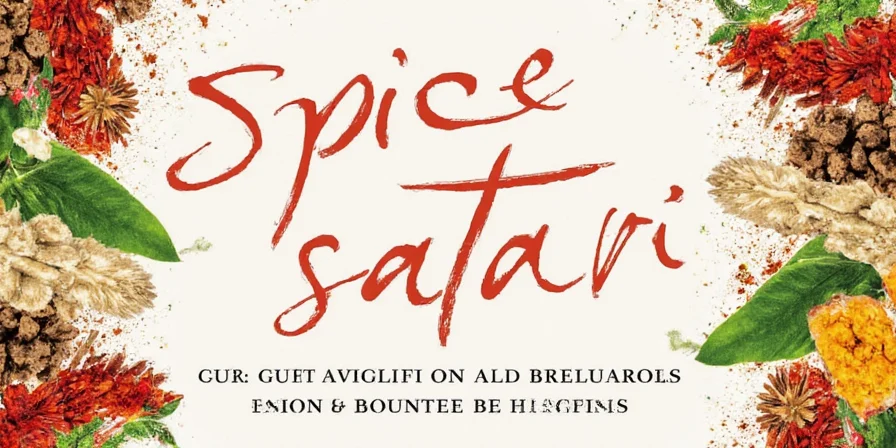
The result? A cuisine where spices aren’t just additives; they're soulmates to every dish. Whether you're savoring a black bean stew or biting into a cheese-filled bread roll called pão de queijo, spices help tell the story of Brazil’s cultural fusion.
The Spice Lineup: Meet Brazil’s Most Flavorful MVPs
Let’s meet the stars of the Brazilian spice cabinet. These aren’t your average pantry fillers — these are the flavor heroes that make Brazilian cuisine sing:
| Spice/Ingredient | Description | Flavor Profile | Common Uses |
|---|---|---|---|
| Dendê Oil (Palm Oil) | A bright red oil made from palm fruit, widely used in Bahia cuisine | Earthy, slightly nutty, and mildly sweet with a hint of smokiness | Moqueca (fish stew), Vatapá, Acarajé |
| Cumin | A common seasoning across many Brazilian dishes | Warm, earthy, and aromatic with a slight bitterness | Feijoada (bean stew), meats, rice dishes |
| Coriander (Cilantro) | Fresh coriander leaves are essential in Brazilian cooking | Fragrant, citrusy, and herbaceous | Salsas, garnish, stews, sauces |
| Malagueta Pepper | A Brazilian chili pepper hotter than jalapeño but milder than habanero | Spicy with fruity undertones | Vinegar-based hot sauce (molho de pimenta), marinades, seafood |
| Parsley | Used almost as much as cilantro in Brazilian dishes | Mildly peppery and grassy | Caruru, farofa, moqueca, salads |
| Annatto (Urucum) | A natural red-orange seed used as both colorant and spice | Woody, slightly peppery, and nutty | Grilled fish, rice, stews, soups |
| Louro (Bay Leaf) | Used similarly to its European counterpart but often more intensely | Bitter, herbal, and floral | Stews, beans, broths, braised meats |
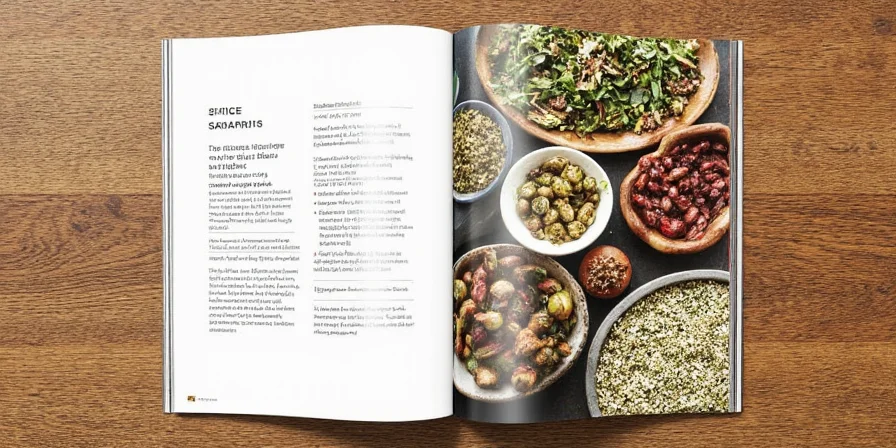
Signature Dishes That Make Brazilian Cuisine Uniquely Delicious
Now that you know the spices, let’s explore how they come together in some iconic Brazilian dishes. Each one is a celebration of regional traditions and flavor pairings that will make your kitchen feel like Copacabana at sunset.
- Feijoada: A hearty black bean stew with pork, seasoned with garlic, bay leaf, and cumin. Often called Brazil’s national dish.
- Moqueca: A traditional seafood stew made with coconut milk, tomatoes, dendê oil, and fresh herbs like coriander and parsley.
- Acarajé: Fried black-eyed pea fritters stuffed with dried shrimp and caruru (okra stew). They get their deep color and aroma from dendê oil and annatto.
- Vatapá: A creamy bread and shrimp paste enriched with coconut, peanuts, and dendê oil. Served alongside grilled fish or in feijoada celebrations.
- Pão de Queijo: Cheese bread made with cassava flour and sometimes spiced with a pinch of salt and a touch of ground cloves for warmth.
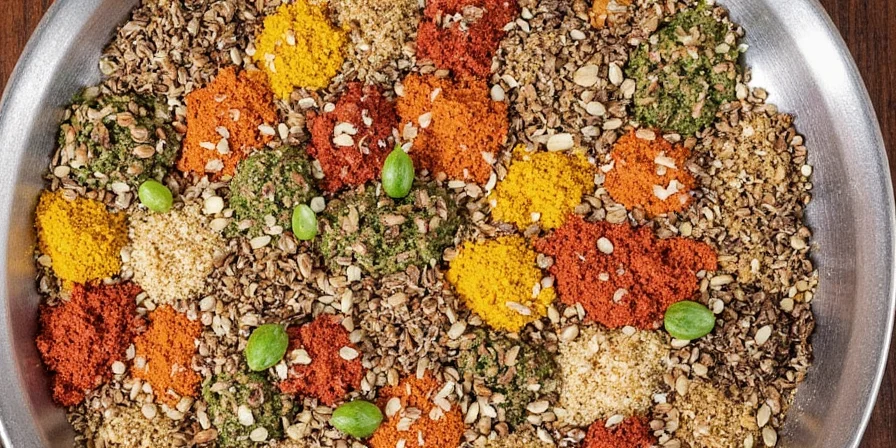
How to Bring Brazil’s Spice Magic into Your Kitchen
You don’t need to book a flight to São Paulo to bring the taste of Brazil cuisine to your dinner table. Here are five practical tips to infuse your cooking with Brazilian flair:
- Start with Dendê Oil: If you can only buy one thing, make it dendê oil. It adds an unmistakable rich, red color and deep flavor to stews and sauces.
- Use Fresh Herbs Generously: Cilantro and parsley are not optional — they’re essential. Use them as both flavor and garnish to elevate any dish.
- Make Your Own Malagueta Hot Sauce: Blend fresh malagueta peppers with vinegar, salt, and a bit of sugar for a quick condiment that kicks up everything from grilled meats to fried yuca.
- Rub Meats with Regional Blends: Try combining cumin, garlic, oregano, and a splash of lime juice for a simple but powerful marinade for chicken or beef.
- Toast Whole Spices Before Grinding: Toasting whole cumin seeds or annatto before grinding releases their oils and boosts their aroma significantly.
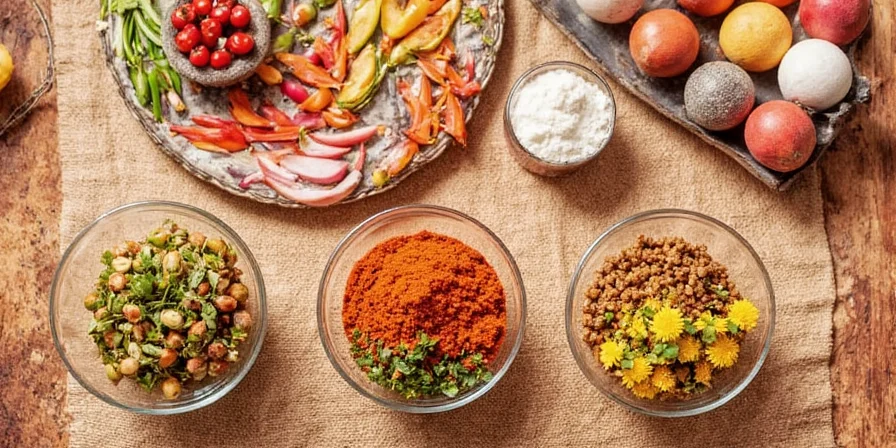
Brazilian Spices vs. Global Spice Stars: A Flavor Face-Off
Curious how Brazil stacks up against other spice powerhouses? Here’s a fun side-by-side comparison to highlight what makes Brazilian flavors stand out:
| Region | Signature Spices | Flavor Style | Unique Feature |
|---|---|---|---|
| Brazil | Dendê oil, cumin, coriander, malagueta, annatto | Earthy, vibrant, tropical, layered | Natural dyes and flavor enhancers like palm oil and annatto set it apart |
| India | Turmeric, cardamom, mustard seeds, garam masala | Complex, aromatic, warm, bold | Highly developed spice blending traditions and masalas |
| Mexico | Ancho chili, cumin, cinnamon, epazote | Smoky, sweet, tangy, earthy | Use of dried chilies and mole sauces |
| Thailand | Lemongrass, galangal, kaffir lime, bird’s eye chili | Fragrant, sour, spicy, herbaceous | Balance of sweet, salty, sour, and spicy in every bite |
| Morocco | Paprika, ginger, turmeric, ras el hanout | Warm, earthy, slightly floral | Rich tagines and spice blends create deeply layered flavors |
Pro Tips: Mastering the Art of Brazilian Spicing
If you’re ready to take your Brazilian spice game to the next level, here are a few insider tips from those who’ve mastered the craft:
- Don’t Overheat Dendê Oil: Unlike olive or vegetable oil, palm oil should be added near the end of cooking to preserve its flavor and color.
- Soak Annatto Seeds in Alcohol or Oil: This unlocks their vibrant pigment and subtle flavor. Infused oil can be stored for weeks and used in multiple dishes.
- Blend Malagueta with Other Chilies: For a custom heat profile, combine malagueta with milder peppers like bell or Anaheim for balance.
- Pair Tropical Fruits with Spices: Pineapple, mango, and passionfruit play well with mild spice. Try a spicy mango salsa with a sprinkle of toasted cumin and cilantro.
- Try a Spice Paste Instead of Dry Rubs: Mix ground annatto, garlic, lemon zest, cumin, and salt into a paste for marinating meats or vegetables.
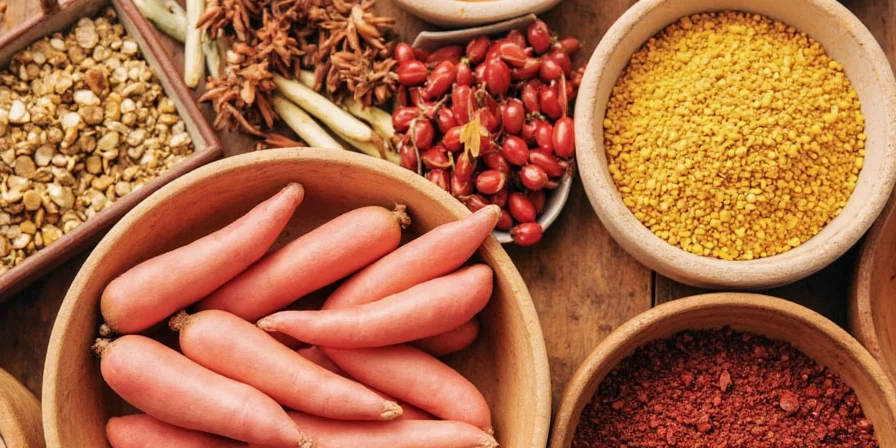
Conclusion: Let the Spice Flow Like Samba
There you have it — your ultimate guide to unlocking the taste of Brazil cuisine through the magic of spices. From the lush Amazon to the bustling cities of São Paulo and Salvador, Brazilian flavors reflect a rich history and diverse geography that deserve a place on every adventurous cook’s radar.
Whether you’re grilling up some skewers with a cumin-lime rub or stirring a pot of moqueca scented with dendê and parsley, remember: Brazilian cuisine isn’t about perfection. It’s about passion, improvisation, and the joy of sharing food with friends and family.
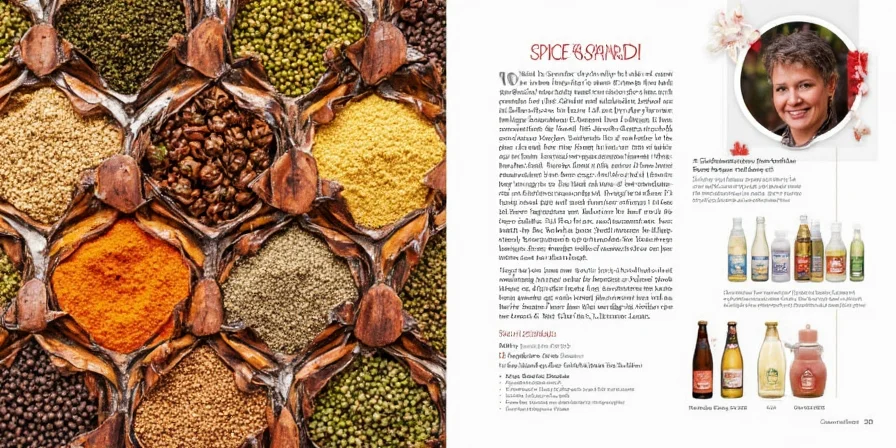
So go ahead — turn up the music, pour yourself a caipirinha, and let the spirit of samba flow through your spice rack. After all, when it comes to Brazilian cooking, there’s no such thing as too much flavor… or too much fun.

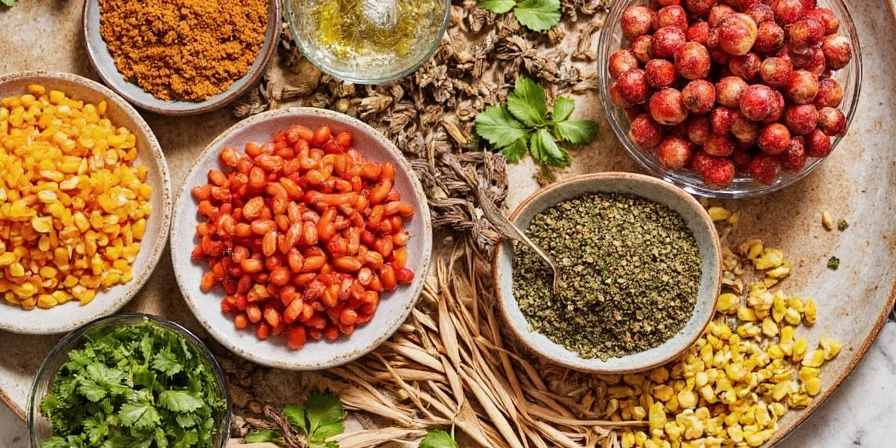









 浙公网安备
33010002000092号
浙公网安备
33010002000092号 浙B2-20120091-4
浙B2-20120091-4